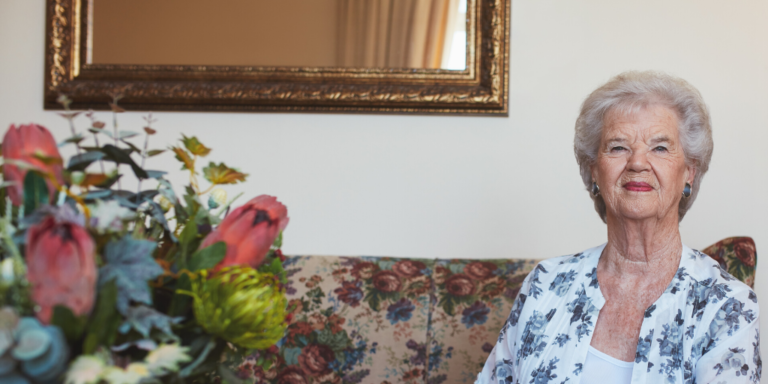While the coronavirus has put extra strain on divorced couples who are co-parenting and navigating care schedules, it has also placed new burdens on important relationships with extended family. Many of us have moved socializing to online platforms, but for some older adults less familiar with technology, dealing with a steep learning curve during a pandemic can be stressful. That means we need to look at all the ways to stay in touch with seniors right now.
Physical distancing is important for all of us, but it is crucial for those over 65 because illness from the coronavirus is more likely to be severe in this age group. Suddenly, many vulnerable grandparents who are not very tech-savvy are finding themselves not only physically isolated from children and grandchildren but cut off socially too.
Seniors and technology
According to 2018 figures from Statistics Canada, 91 per cent of Canadians aged 15 or over use the Internet, but that drops to 71 per cent among seniors. It’s even lower for older women (68 per cent) compared to tech use of older men (75 per cent). Those stats don’t tell the whole story, though, when it comes to seniors using tech to stay connected during this pandemic.
A recent New York Times article about the impact of COVID-19 on older adults cites a Pew Research study indicating that three quarters of those over 65 are dependent on someone else to set up their electronic devices. A third of respondents reported being only a little or not at all confident with their online abilities. Anyone who has tried to help an older parent over the phone with a technology issue can tell you that remote support can be challenging.
Being in social distancing mode means we need to explore online and offline ways of maintaining important relationships.
Online instruction
It might seem counterintuitive, but if your older adult family member has basic technology skills, there are easy-to-understand online resources that could be helpful.
The site Tech Boomer offers more than 100 tutorials for older adults and other inexperienced tech users on everything from shopping online to how to use the communication tool Whatsapp.
Of course, YouTube is an endless repository for how-to videos and that includes helpful direction on just about any platform or technology question. The Creative Life Center channel has a timely series on how to use Zoom video conferencing for the first time, for example.
Keep the technology simple
In the rush to do everything online, don’t forget that the simplest technology might be best for maintaining the connection with parents and grandparents. Frequent telephone calls between children and grandparents can go a long way to maintaining important connections. Remember that if it’s your co-parent who facilitates contact between your child and grandparents on that side of the family, you may have to take over that role if child care schedules have been rearranged.
Beyond using it for conversation, consider recording a grandparent reading a story over the phone to play back to your child at bedtime. How about recording grandma relaying her recipe for chocolate chip cookies, which you can bake with your child during those long days at home?
Use Non-tech options for staying in touch
If figuring out new technology is not in the cards for grandparents at this time, you can always go old-school. There are endless creative ways to communicate love and caring that don’t involve an Internet connection such as:
- Drawing pictures for grandma and grandpa, which you can mail or drop off at a safe distance.
- Compiling old photos of the seniors in your family and getting your child to compose questions about them. You can then mail or drop off the package and get the answers in a later phone call.
- Take photos of your child engaging in recent activities and send them along to their grandparents with your child’s first-person story.
Maintaining relationships now is critical for everyone
The social isolation necessary to flatten the curve of COVID-19 can be extra challenging for children whose parents are separated or divorced. Not only are they navigating new routines and possibly new care schedules, but in-person visits with grandparents and other extended family have also come to an abrupt stop. Whether through technology or other means, finding ways to maintain the connection can hold on to a sense of normalcy for everyone involved.
 By Kelly Riediger
By Kelly Riediger
If you have questions about this post or collaborative law in general, contact me at (204) 992-3249 or [email protected].

